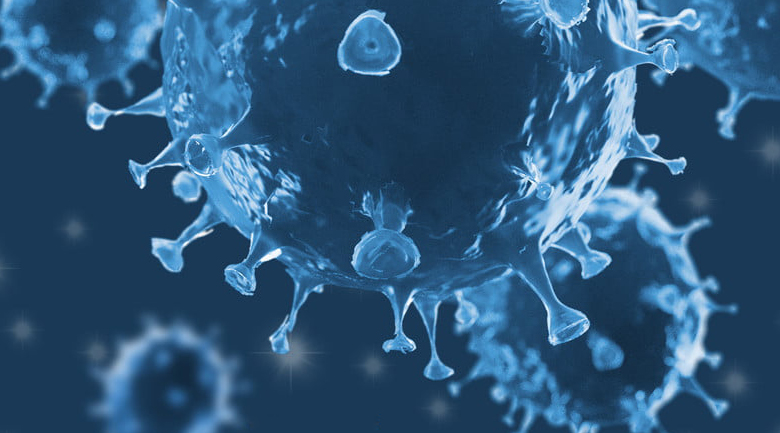
The initial batch of COVID-19 vaccines are now available in the U.S. following incredibly fast — “warp speed” — development and testing.
Not so incredibly, there’s a lot of confusion among cancer patients — as well as their oncologists and caregivers — as to whether the vaccine is a good idea or a bad idea for somebody dealing with cancer.
The two Food and Drug Administration-approved vaccines from Moderna and Pfizer-BioNTech, each requiring two shots a few weeks apart, were more than 94% effective at keeping this new coronavirus in check in testing on thousands of volunteers in clinical trials. But only a handful of the clinical-trial participants were cancer patients.
Other COVID-19 vaccines are in development and will be available in the months ahead. Additional trials involving subpopulations (think children, pregnant women, people with health issues) are also in the works.
But what do we do now that states are ramping up the vaccination efforts to eligible groups?
Patients with cancer are particularly vulnerable to COVID-19 because of the immunocompromising nature of cancer treatments. On top of that, progressing cancer itself depletes the immune system and leaves patients susceptible to infection.
Does that mean cancer patients should be first in line for their shot — or last? If they’re in treatment, could a vaccine make them sicker? What about those with metastatic disease who are always in treatment — can they get it? And are survivors the same as the general public?
We checked in with patients and the national experts, clinicians and infectious disease experts with Fred Hutchinson Cancer Research Center, which used the longstanding infrastructure of its HIV Vaccine Trials Network to create the COVID-19 Prevention Network (or CoVPN) that directed many of the COVID-19 vaccine trials.
Read on for their insights and answers or delve deeper into how Fred Hutch scientists are helping to defeat this deadly virus.
Who gets the vaccine first?
The Centers for Disease Control and Prevention has a committee that determines how to equitably distribute all vaccines. Known as the Advisory Committee on Immunization Practices, or ACIP, it currently recommends COVID-19 vaccines be distributed in phases and tiers.
Dr. Steve Pergam, director of infection prevention at Seattle Cancer Care Alliance, said the vaccine is going first to the groups most at risk: health care workers, people in long-term care facilities, people over 75 and front line essential workers.
Then come people with additional medical issues, such as cancer.
“Cancer patients are basically Phase 1C at the moment, unless they meet other criteria,” he said. “They’re early in the process. If you’re trying to stop community transmission, you focus on groups at high-risk for transmission and complications first. We all want to prioritize high-risk groups, but we also need to do it in a way that’s equitable.”
But there is confusion about the guidelines — and they are evolving as availability increases. Millions of Americans have medical problems — heart disease, diabetes, hepatitis, the list goes on and on — and the guidelines have raised questions about who is being prioritized.
